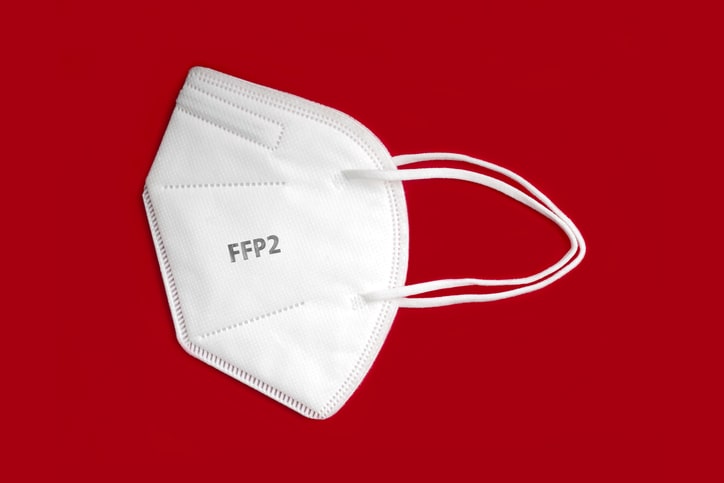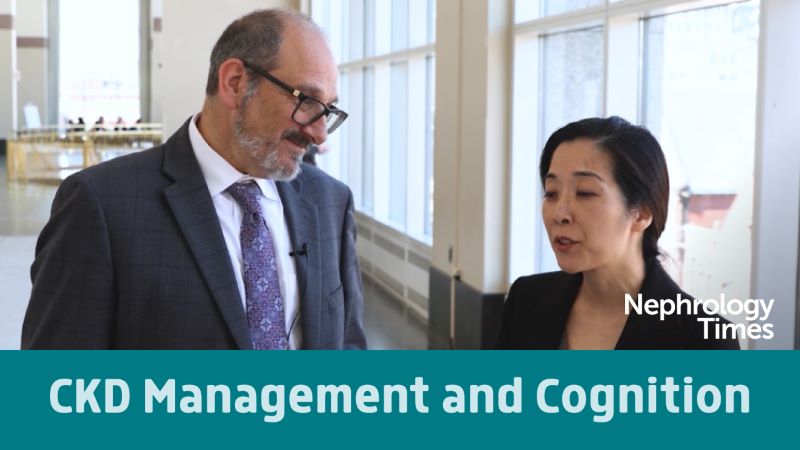
There are few data available on the age-related course of glomerular filtration rate (GFR) in older adults. According to Elke S. Schaeffner, MD, MS, the scarcity of those data may be associated with misjudgment of the clinical relevance of reduced GFR in elderly patients. Results were reported in the Clinical Journal of the American Society of Nephrology [2022;17(8):1119-1128].
The researchers utilized the longitudinal design of the Berlin Initiative Study (BIS) with repeated estimation of GFR over a median of 6.1 years of follow-up to describe the course of GFR in older adults and derive reference values in population-based individuals. The study cohort included 2069 community-dwelling older adults; mean age at study inclusion was 80 years (range, 70-99 years).
The BIS-2 equation was used to estimate GFR (eGFR) biennially, including standardized creatinine and cystatin C levels, sex, and age. A mixed-effects model was used to describe the crude and adjusted course of GFR; the influence of death on the GFR course was analyzed applying joint models. GFR equations based on creatinine and/or cystatin C were used to compare GFR slopes.
In the study cohort of elderly adults, there was a decreasing, thus nonlinear, decline in eGFR with increasing age. The estimated 1-year slope for ages 75 and 90 diminished for men from –1.67 to –0.99 and from –1.52 to –0.97 for women. The modeled mean eGFR for men ≥79 years of age and for women ≥78 years of age was <60 mL/min/1.73 m2.
In multivariate adjustment analyses, the slopes were attenuated only minimally. There was no alteration in the nonlinear decline in eGFR after taking death into account by applying joint models. Using eGFR equations based on creatinine only showed linear slope patterns in contrast to nonlinear patterns for equations including cystatin C.
In conclusion, the researchers said, “The eGFR decline depended on sex and age and changed only marginally after multivariable adjustment but decelerated with increasing age. Equations including cystatin C demonstrated a nonlinear slope challenging the previously assumed linearity of the decline of eGFR in old age.”







 © 2025 Mashup Media, LLC, a Formedics Property. All Rights Reserved.
© 2025 Mashup Media, LLC, a Formedics Property. All Rights Reserved.